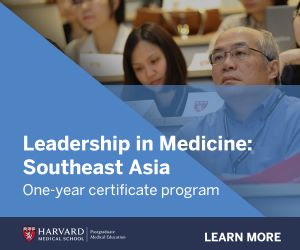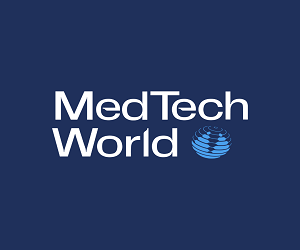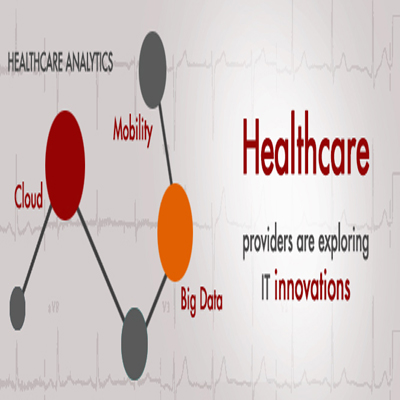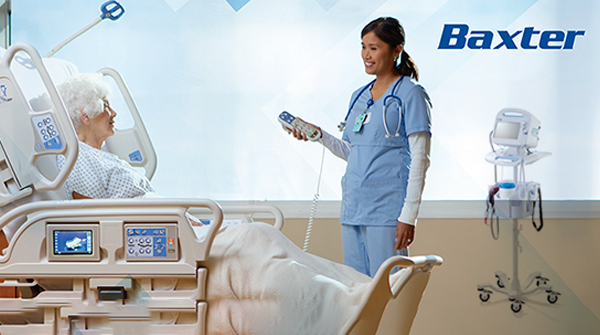Improving Radiation Oncology Access in Emerging Economies
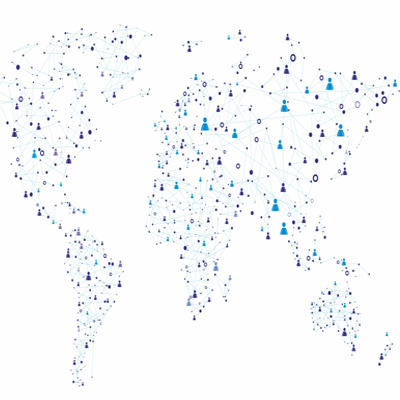
Cancer remains among the leading causes of morbidity and mortality worldwide, with approximately 14 million new cases and 8.2 million cancer-related deaths per year. With the number of new cancer cases expected to rise by about 70 percent over the next two decades, we not only need improved treatment options, we need increased access to existing treatments.
Globally, we have made significant advances against cancer in recent decades, helping to inform our understanding of underlying biology and improving therapeutic approaches. In emerging economies, however, access to even basic cancer treatments is severely limited.In some regions, patients often receive no treatment and are sent home from healthcare facilities with a prescription for palliative pain management and little hope for survival.
Radiation therapy is scarce in many areas and completely unavailable in more than 50 countries. While it isn’t yet feasible to bring emerging biologics and targeted therapies to developing countries, many of the tools and technologies that are available now can dramatically change the course of cancer for people throughout the world.Radiation therapy, first introduced more than 100 years ago, is a critical part of the solution.
Why is increased access to radiation therapy important? – a look at the numbers
Radiation therapy is a cost-effective treatment that improves cancer survival.
In 2012, it provided a survival benefit to more than half a million patients and controlled tumor growth in another 1.5 million. These figures are expected to double in the next 20 years. Patients in emerging countries deserve to be a part of this success story.
In contrast to early days, when doses of radiation were often delivered to healthy as well as cancerous tissue and were administered over lengthy treatment courses, radiation therapy technology has evolved substantially. Today, in many cases, radiation therapy is given over very short treatment courses and administered in a significantly more focused manner that enables precise tumor targeting and very little (if any) dosing of healthy tissue. The evolution of the technology just in the last ten years has been truly exponential.
Radiation therapy also has a substantial return on investment with respect to survival outcomes (as measured in total increase of life years) and costs. A recent publication in LancetOncology estimates that a global scale-up of radiotherapy capacity in 2015–35 from current levels could lead to saving of 26.9 million life-years in low-income and middle-income countries over the lifetime of the patients who received treatment. Although the projected up-front capital expenditures would be high, the same study estimated a net benefit of $278.1 billion from during the same timeframe.
With radiation therapy, patients can typically be treated on an outpatient basis and discharged quickly. A decrease in staff utilization improves efficiency, enabling more patients to be treated at each facility.
Equipping and educating – two critical components of care
A number of initiatives focused on getting more devices into more clinics in underserved regions are underway.
While access to cancer fighting tools is important, we also need to provide access to the education necessary to properly utilize these tools where academic infrastructure may not be keeping pace with healthcare infrastructure. Training users on how to turn on a piece of equipment does not necessarily mean they know what to do with that piece of equipment. Patients may end up receiving inaccurate treatments if there is not an adequate supply of trained personnel, or “human capital”, to fill radiation technology roles within these newly established cancer centers.
To improve outcomes for cancer patients in emerging countries, those of us in the medical device industry must ensure that deployed technology is viable within the local infrastructure. We must also commit to ensuring that patients are being healed and not harmed with our technology by creating partnerships within the global oncology community that facilitate the bridging of knowledge gaps in these regions. Elekta is in the process of rolling out its “E.A.S.E.” (Elekta Alliance for Synergies in Education) program which will serve as an umbrella program for these partnerships.
Elekta recognizes this challenge and is working with several groups within the global oncology community who are passionately pursuing ways to make radiation oncology accessible, safe and effective for all patients regardless of their geography. Three examples include:
• The IAEA Programme of Action for Cancer Therapy (PACT) was established to respond to the growing global cancer crisis. In partnership with the World Health Organization and others, PACT supports IAEA Member States to expand access to health technologies, build skills and mobilize resources to develop a complete range of quality, effective and sustainable cancer services.
• Radiating Hope is a volunteer organization that educates medical physics and radiation oncology personnel in resource constrained countries. Funds are raised through a number of mountain climbing events, with diverse destinations including Mt. Rainier, Mt. Kilimanjaro and Everest Base Camp. Proceeds go toward the purchasing or refurbishing radiation equipment for use in developing countries.
• RAD-AID is a non-profit organization with a mission is to increase and improve radiology resources in the developing and impoverished countries of the world. A cornerstone of RAD-AID’s strategy is the Radiology-Readiness tool, a systematic data collection tool for assessing how advanced health care imaging technology can be planned and implemented to best match the medical needs and infrastructure/personnel resources of a community.
Together we can create positive change
Delivering more effective cancer care worldwide requires coordinated collaboration and integration of energy, expertise and investments.At Elekta, we are working to address current gaps in radiation therapy delivery through partnerships with global non-profit groups and independent initiatives. Some of these include:
• Providing resources to install a brachytherapy after loader at the Institut Curie in Dakar, Senegal. This machine provided treatment to thousands of Senegalese women with cervical cancer who may have not had other options.
• Establishing the E.A.S.E. Program to leverage our relationships with Western world experts, non-profits and governmental entities working together to face down the impending global cancer burden.
• Developing Elekta Compact™, a radiation oncology device designed specifically for use in emerging markets. Its smaller footprint, lower power requirements and simplified operation make the Compact a practical solution for facilities that have limited physical space or trained personnel.
Rapid technology advances are also being used to identify synergies and connect individuals to create integrated, sustainable programs. Last year the non-profit Global Oncology (GO!) Initiative launched their flagship initiative, the Global Cancer Project Map, a web-based platform designed to align the efforts of governmental agencies, non-profit organizations, academic institutions and industry partners. This platform, designed to facilitate collaboration, accelerate progress in improving access and advance the understanding and visibility of international cancer efforts, is both novel and long overdue.
The Global Oncology Project Map illustrates the new global view that all oncology stakeholders should adopt regardless of where they sit on the public-private-academic spectrum. Capital investments in research and technology are critical but must be viewed as the beginning of a dialogue not the means to an end. We must invest in and support programs that train personnel to appropriately and effectively use today’s technologies and prepare for tomorrow’s advances.
Together we can impact the global cancer burden both at home and in developing countries. We can and should do better for all cancer patients, regardless of geography.
By: Jon Hollon, Vice President, Global Education & Training, Elekta

